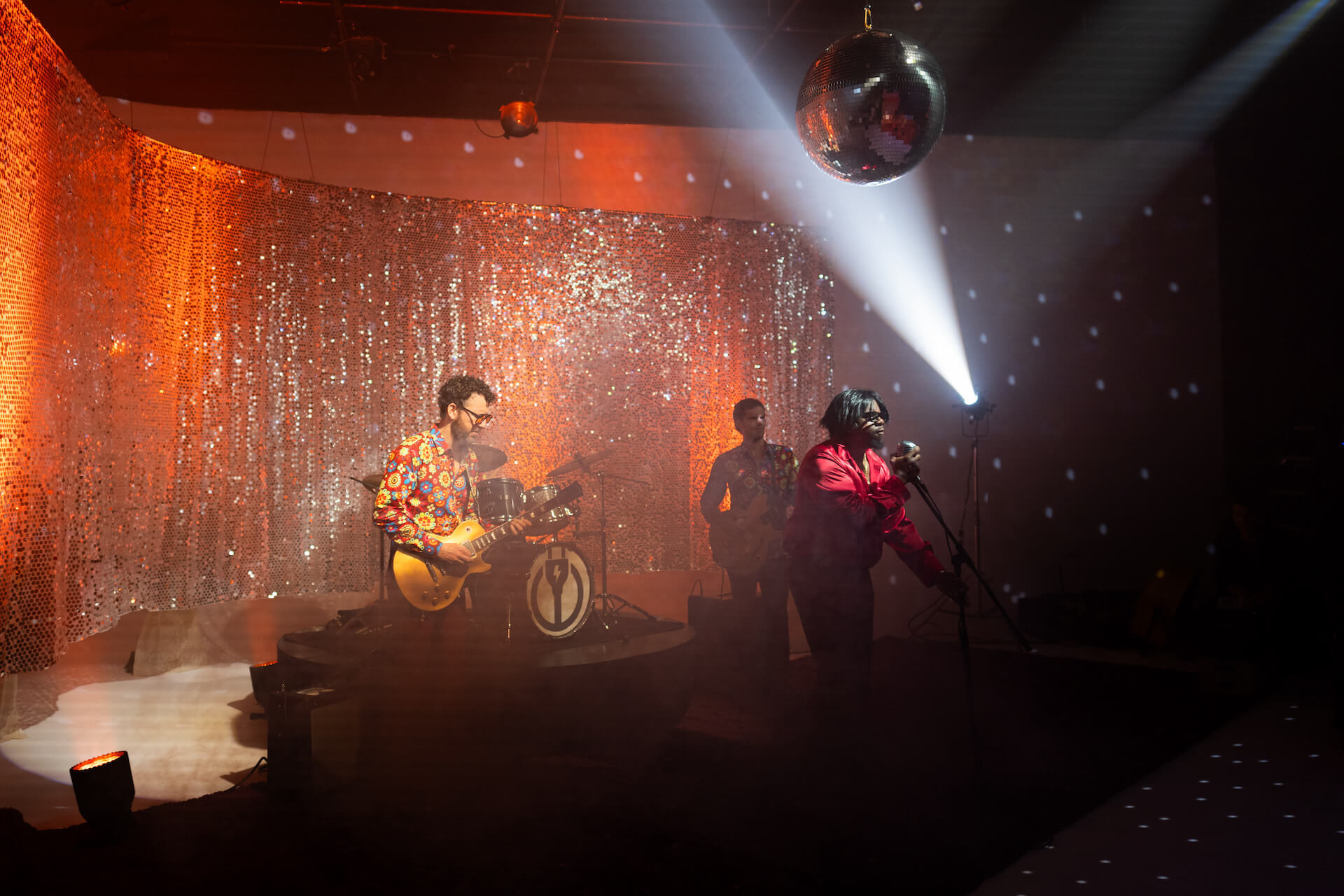For all the optimism contained in International Women’s Day, the reality is that in most places around the world, the gender gap isn’t narrowing – it’s widening.
UN Women reported last year that the backlash against women’s sexual and reproductive health is diminishing gender equality, and that global health, climate and humanitarian crises have further increased risks of violence. In fact, as a result of the pandemic, a 2021 report found that the time it will take to close the gender gap grew by 36 years in the space of just 12 months.
If the world does not change its policies toward women, it will now take 135.6 years to close the gender gap around the globe.
What might seem like a narrow solution to addressing some of these challenges is actually an achievable – and impactful – one: digital equity. This year, the UN Economic and Social Council has designated “Innovation and Technology for Gender Equity” as the theme of International Women’s Day, 8 March 2023. Why? In part, it’s because women’s exclusion from the digital world has shaved $1 trillion from the GDP of low- and middle-income countries in the last decade.
The costs are real. In 2020, governments in 32 countries, including India, Egypt and Nigeria, lost an estimated $126 billion in gross domestic product because women were unable to contribute to the digital economy. In a future where over 90% of jobs worldwide have a digital component, women’s access to and fluency with technology is a major barrier to education, economic opportunities, healthcare access, and gender parity.
Unpacking the Gender Digital Divide
Too often, the “gender digital divide” is masked behind other dimensions of digital divides – ones that focus on access by geography, race, or socio-economic status. But the gender digital divide exists at the intersection of women’s rights and digital equity – and if we don’t develop intentional strategies to tackle it, neither effort will reach its full potential.
Take eSTEM Morocco, an organization which utilizes NGO networks to distribute hardware to girls. Their mission is to provide Moroccan girls and women with tools and self-confidence to pursue STEM careers. As they set about designing their interventions, they had to address barriers to digital equity that went beyond access.
“In every region [in Morocco], we selected 5 serious NGOs and each one received 9 or 10 laptops to be installed at a safe location so that more girls can benefit from the same device across the week,” said Nezha Larhrissi, Co-Founder and President of eSTem Morocco. Today, they’ve reached over 500 mentees, helping them develop over 400 mobile applications, and invested in their training and networking.
Gender inequality in the physical world is replicated in the digital world, which affects women’s and girls’ access to employment – and their safety. Important differences in digital access, use, and fluency are affected by geography (rural as compared to urban), wealth and income, racial and ethnic identities (especially for Indigenous peoples), and generation (particularly for students and older generations).
Because gender inequality is compounded by the intersection of these differences, women and girls disproportionately suffer in places where poverty, oppression, and inequality exist. It’s time to make a change.
Policies to Achieve Equity in the Digital World
Access alone won’t make the difference the world needs. Close to half (43%) of the world’s population were not using mobile internet despite living in areas with broadband coverage. Policies must prioritize fluency, use, design, and accessibility. When people and communities have access to technology and the skills to use them, they’re better able to improve education, employment, and health.
Since 2022, Aspen Digital and HP have steadily been building awareness of and solutions to digital inequities. The Digital Equity Accelerator, a program of Aspen Institute in collaboration with HP, works to advance social and economic equality by investing in not-for-profit organizations and NGOs that are accelerating digital inclusion.
In the past two years, it has received 300 applications from NGOs and nonprofits across six countries – all of which have active projects tackling digital inequities, including gender. In its first year, the effort successfully helped scale seven organizations in India, Morocco, and the United States, boosting their cumulative reach by 1.7 million people and counting.
We know that listening to local communities and centering non-profit leaders already tackling local challenges is a responsible, replicable, and scalable approach to achieving digital equity. To do this, global technology companies, NGOs, and the public sector must support local leadership – and use their own platform to amplify and invest in existing models that work. At the end of March 2023, we will announce a new cohort of 10 organizations across Malaysia, Mexico, and South Africa that are fighting digital exclusion for marginalized communities in their country.
What’s unique and powerful about models that work at the intersection of digital access and women’s rights is that interventions that build power can be combined with those providing safety and security. For example, in India the Digital Empowerment Foundation trains “infopreneurs” to provide digital literacy to local communities, empowering people with tools to access governmental benefits, education, and healthcare services. Over the past few years they’ve reached out to nearly 10 million people in underserved areas across the country. All of this is done in partnership with rural women, a demographic particularly left out of the digital economy.
Women’s Digital Equity is Good for Business – and Governments
Data on the return of investing in women is strong. Women-led tech companies are more capital efficient, achieving 35% higher ROI. Companies with more than 30% female executives are more likely to outperform. And despite severe funding gaps, startups founded and co-founded by women perform better over time.
Technology companies, global NGOs, and governments should take note of the massive opportunity in front of them. The reason investing in women’s equity is so lucrative is that while talent is equally distributed around the world, opportunity isn’t. And if we prioritize policies and practices that provide girls equal access to technology, fluency to use it, and empowerment to design their own opportunities, they’ll change the world.
Elizabeth Vivirito and Hazami Barmada are with Aspen Digital, an initiative of the Aspen Institute.











